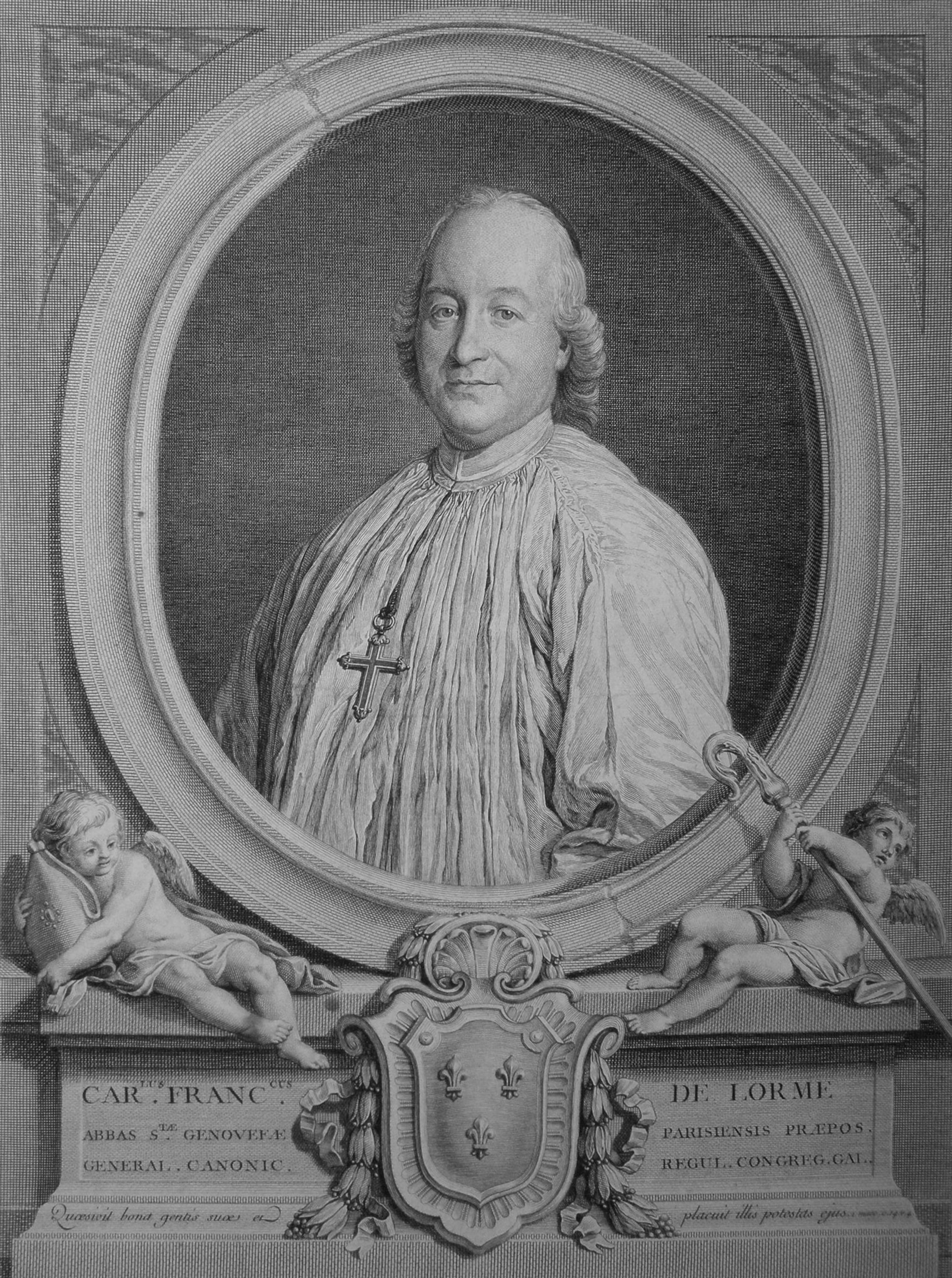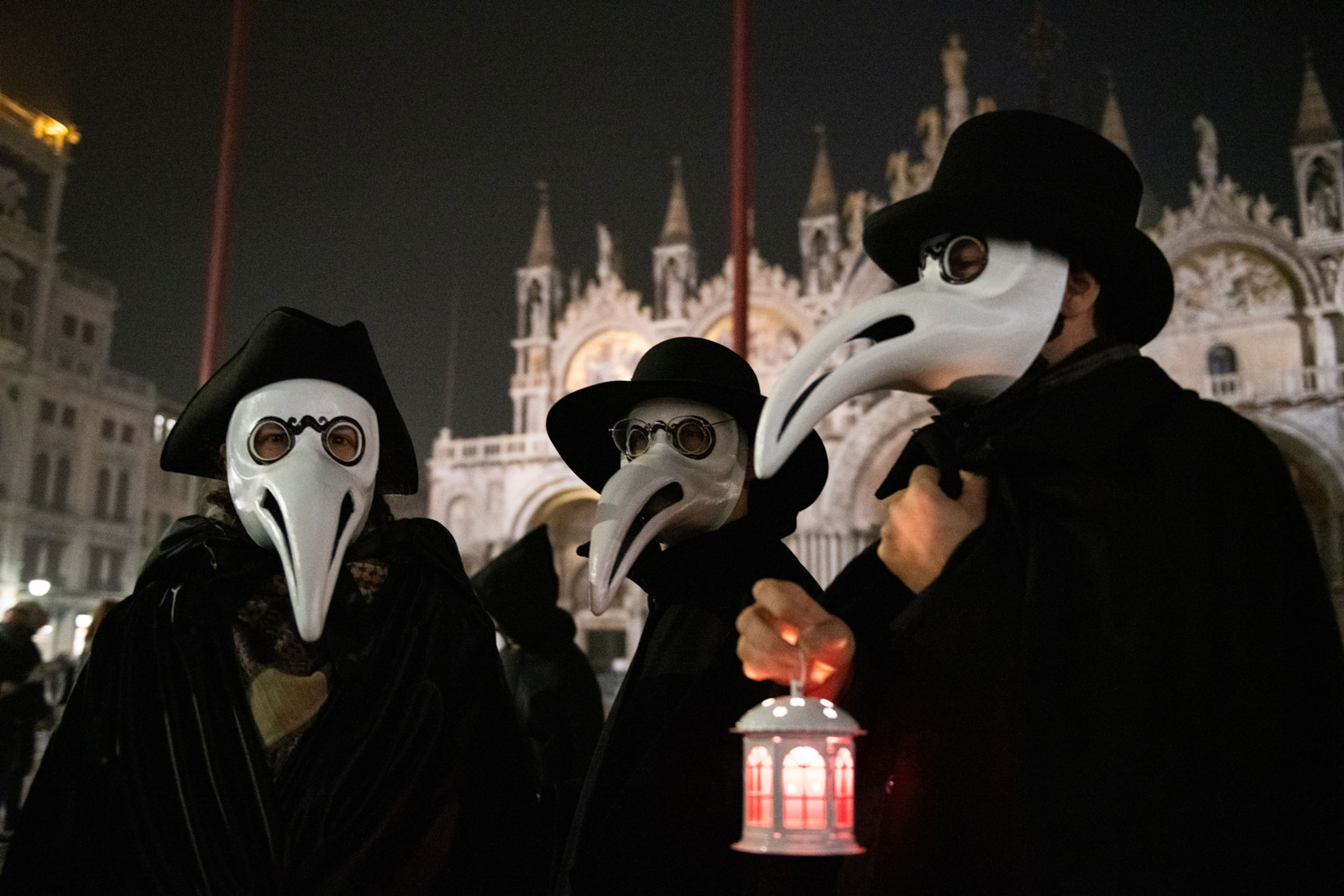The Plague Doctor Suit is one of history’s most recognizable and unsettling outfits. Instantly evoking images of medieval Europe and devastating epidemics, the costume is far more than just a symbol of death and disease; it represents a unique chapter in medical history and cultural response to pandemics.
 Charles de Lorme, the 17th-century physician credited with designing the plague doctor suit.
Charles de Lorme, the 17th-century physician credited with designing the plague doctor suit.
Attribution for the plague doctor suit is often given to Charles de Lorme, a prominent 17th-century physician. Serving numerous European royal families, including French King Louis XIII, de Lorme conceived of a specialized garment to protect doctors attending to plague victims. His design was comprehensive, intended to shield the wearer from head to toe. The suit featured a long coat coated in scented wax for impermeability, breeches that connected to stockings, a tucked shirt, and goat leather gloves and hat. A crucial accessory was a rod, used to examine patients without direct contact, or to fend them off if necessary.
The most striking element of the plague doctor suit was undoubtedly the mask. De Lorme described it as having spectacles and a beak-like nose, “half a foot long.” This wasn’t merely a bizarre aesthetic choice. The beak was designed to hold fragrant substances, acting as a filter against the “miasma” or “bad air” believed to spread disease. The mask had only small nostril openings, forcing inhaled air to pass through the aromatic herbs and spices packed within the beak.
This elaborate attire was born from the pre-germ theory understanding of disease. In the 17th century, medical professionals adhered to the miasma theory, which posited that illnesses like the plague were transmitted through foul-smelling, toxic air. It was believed that imbalances in the body’s humors were caused by this corrupted air. Therefore, strong and sweet scents were thought to counteract miasma, purifying the air and offering protection. Plague doctors filled the beaks of their masks with theriac, a complex concoction of over 55 herbs and ingredients, including viper flesh, cinnamon, myrrh, and honey. The beak shape itself was designed to ensure the inhaled air spent sufficient time in contact with these protective aromatics before reaching the doctor’s respiratory system.
 Plague doctor costumes at the Carnival of Venice, a modern celebration of the historical attire.
Plague doctor costumes at the Carnival of Venice, a modern celebration of the historical attire.
While variations of plague doctor suits were used across Europe, the image became particularly associated with Italy. The “plague doctor” transformed into a stock character in Italian commedia dell’arte and a fixture of Carnival celebrations in Venice. Even today, the plague doctor suit remains a popular and recognizable costume, demonstrating the enduring legacy of this historical attempt to combat disease, and its fascinating intersection with culture and popular imagination.
